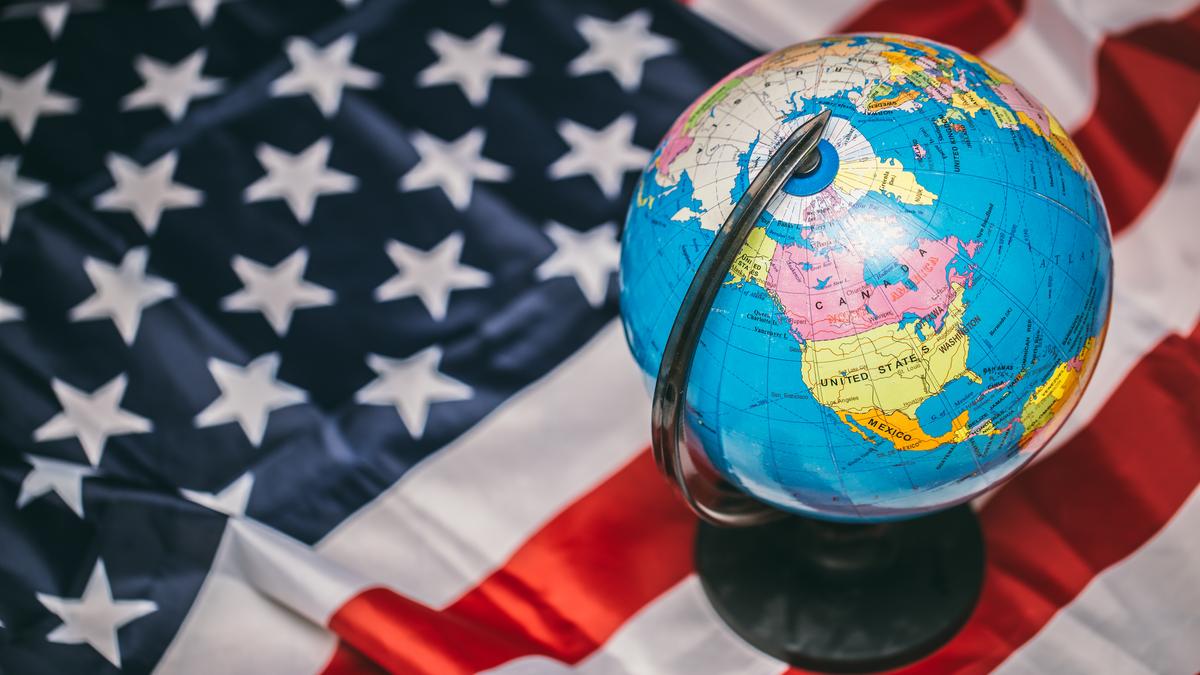The President of the United States, Donald Trump, is the visible part of the global transformation that is underway and the global trend supports India’s re-emergence.
The current super power has marginalised the United Nations, and, with it, emasculated the collective bargaining strength of the Global South — there will be no going back. The U.S. is now engaging countries with strategic commerce-related bilateral deals that fragment the global order. The asymmetry of power is such that there was no opposition in the BRICS Summit in July 2025.
The BRICS Declaration that comprised 31 pages and included 126 outcomes failed to note the rejection of multilateralism which required a focus on South-South cooperation. Essentially, unilateral tariffs are a means to bring individual countries to the table for seeking concessions, not global consensus.
The U.S. shock
Mr. Trump is fully aware that 2025 is not 1950 and the U.S. cannot shape a new common global framework. The national interest of the U.S. now is self-sufficiency and containment of China’s influence flowing from the world’s reliance on its products, which is the other side of the coin. Over the last 25 years, the world has become interconnected and the spheres of influence, trade and financial sanctions provide a more effective management tool than leverage through global intuitions. As a result, no one really knows how to respond as 75 years of diplomatic history has been erased by raw power.
Where does this state of flux leave India with its young population having the potential to be the third largest economy in 2027 and overtake the U.S. by 2075, with global influence based on leadership of the Global South? The answer lies in accepting the end of multilateralism. The answer lies in focusing on national prosperity and South-South cooperation.
The glue binding the Global South can no longer be financial benefits of a voting bloc in the UN. India needs their support in elections and positions in various committees for global influence; it has already lost the elected post of vice chair of the Executive Board of UNESCO to Pakistan. India needs to specify ‘strategic autonomy’ for what it is, namely, neutrality between major powers and enunciating its core interests in its own voting pattern.
Second, the challenge for a continental size ‘Atmanirbhar Bharat’ of one billion people is to look east, and not west, for ideas. Trade concessions to the U.S. should be tuned to trade agreements with the Association of Southeast Asian Nations.
Similarly, the loss of exports to the U.S., for example, steel, can be offset by a network of expressways, high speed rail, data centres with assured electricity and science universities reorienting consumption and exports. In 2013, China spent almost half its GDP on infrastructure; such scale alone makes for sustainable double digit growth.
Third, India’s intrinsic strength is being at the forefront of the fourth industrial revolution, a new chapter in human development. According to the World Intellectual Property Organization, India has overtaken the U.K. and Germany in the number of GenAI patents published, and has a strong foundation for endogenous growth and well-being.
Fourth, the world over, military doctrines are being re-written for reliance on integrated air defence, satellites, missiles, drones and cyber. For the first time since Independence, India is in a position to be a global leader in all domains, enabling a substantial reduction in costly ground forces and imported large platforms, giving flexibility in foreign policy and spin-offs for growth.
Fifth, India is already revisiting the way it has framed border issues leftover from colonialism and needs to push this to focus on growth. Union Defence Minister Rajnath Singh’s assertion that India and China should not “remain stuck in the past”, achieve trust and work on the goal of demarcation of an international border has been favourably received by China that is preoccupied with Taiwan and in responding to Mr Trump. The Indus Waters Treaty, where Pakistan is keen to engage, provides a new frame to achieve similar trust. An international border in eastern Ladakh will be a decisive step to settling the international border in Jammu and Kashmir. The real lesson from ‘Operation Sindoor’ is the oldest one in military history — wisdom lies in knowing when to stop. In India’s case, it is clear that there will not be a military solution.
Summit as opportunity
Last, the BRICS Summit in India in 2026 provides an opportunity to revitalise the Global South around cooperation jettisoning the multilateral practice of collective bargaining by the G-77 seeking benefits from the G-7. The future lies in sharing prosperity by reorienting tariffs and value chains to divert exports to meet growing consumption in the South. It should be possible at the low prices the South currently gets, and done in a manner that complements, not threatens, local production. Certainly a seismic shift, but so was multilateralism in 1950.
Mukul Sanwal is a former United Nations diplomat
Published – July 16, 2025 12:08 am IST
